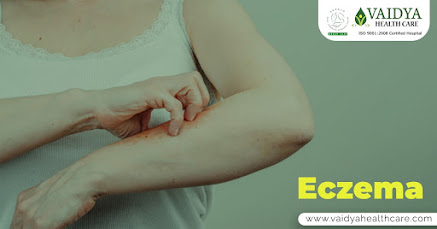Patients
suffering from serious and chronic spinal conditions are usually sent off to
surgery. To many of them, Ayurveda can offer safer and more effective
remedies that 'do not involve dragging knife over body'.
"We have had welcome results in all spinal cases we have taken up in the past 10 years… Our panchakarma treatment is now tried and tested," says Dr Kiran B. Nair, the CEO of Vaidya Healthcare Hospital in Kerala.
Nearly 15,000 cases of spinal injuries are added every year in India, according to a report tabled at the International Conference on Spinal Injuries Management held in New Delhi. Additionally, there are also the cases of spinal disorders and degenerative diseases. Together they are the leading cause of death, disability and work absence.
A case in point is of Pradeep M, now 40 years old. He
had developed back pain and spondylitis due to the long hours spent behind the
wheel ferrying passengers. After two years of going from doctor to doctor to
find relief, he reached a point of no return. "The pain would keep
returning with greater intensity after every brief interlude,” he remembers.
"It almost ended my career."
Eventually,
Pradeep put himself in Dr Kiran's care. Pradeep is now back to work, doing long
hauls across Kerala and its neighbouring states. He is no more on medicines and
is free of pain.
"Pradeep
had a 21-day panchakarma treatment with us during which he was boarded
with us at our centre in Perumbavoor. It entailed a series of message therapies
using medicated oils. He was good to go thereafter," says Dr Kiran.
Pradeep
shows the way to patients with spine conditions, especially to those facing
possible surgery. "Panchakarma treatment is time-tested, validated
through research, and proven to work,” says Dr Kiran. “Of course, we have to be
selective about whom we admit for treatment.”
Like
Pradeep, Jilson Paulose also came out cured from the treatment at VidyaHealthcare. Jilson was working in Bahrain when he fell in his bathroom and
injured his spine. Later, he tested for slipped disc, a common condition among
younger people these days. When his condition worsened, he broke work to return
to Kerala and spent a month under treatment at Vaidya hospital.
Jilson
hasn’t had to visit a doctor since!
“The
good part is, people are now looking beyond allopathy, turning to good
alternatives such as Ayurveda for medical relief… However, there is still a
long way to go,” says Dr Kiran. “Fortunately, Ayurveda has the active support
of the government now .”
There
is, of course, the need for more hospitals such as Vaidya Healthcare in the
country, which not only boasts of good facilities and high standards of treatment and patient
care, but also invests in medical research, and proper documentation.
In
fact, thanks to such hospitals, Ayurveda is getting an image makeover as a
system answering to the methods of modern sciences.
Vaidya Health Care Hospital
MC Road,Vattakatupady
Perumbavoor,Ernakulam ,Kerala India 683542
0091-9744-55-3000 , 484 2526259,2528008, 0091 9995922289
info@vaidyahealthcare.com

















